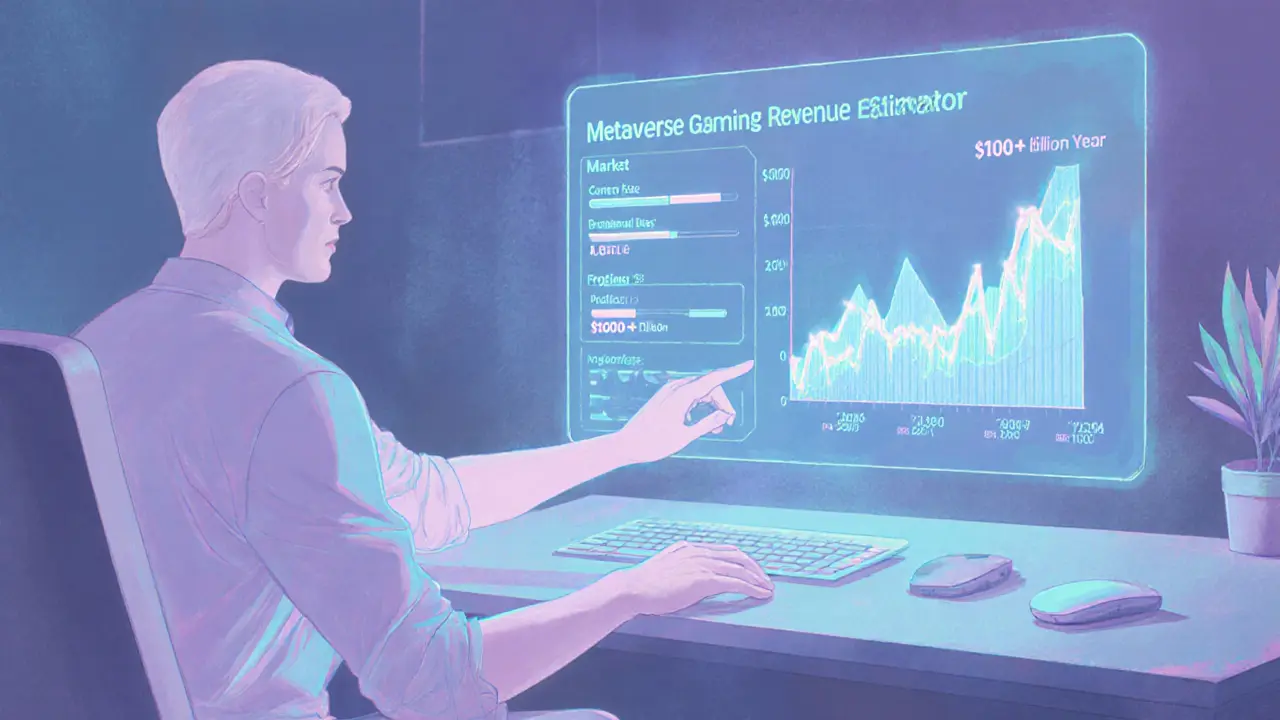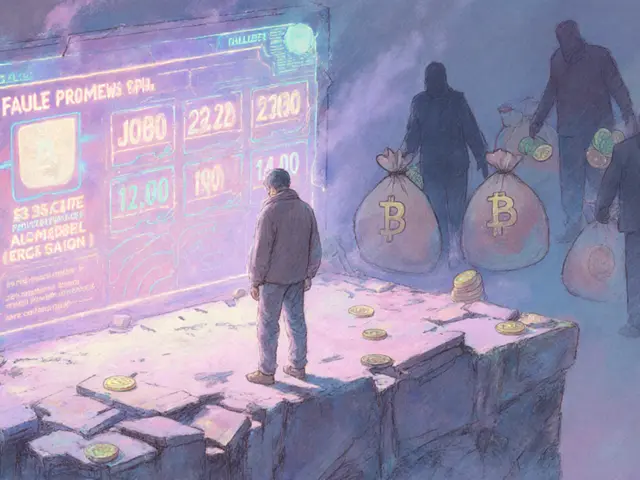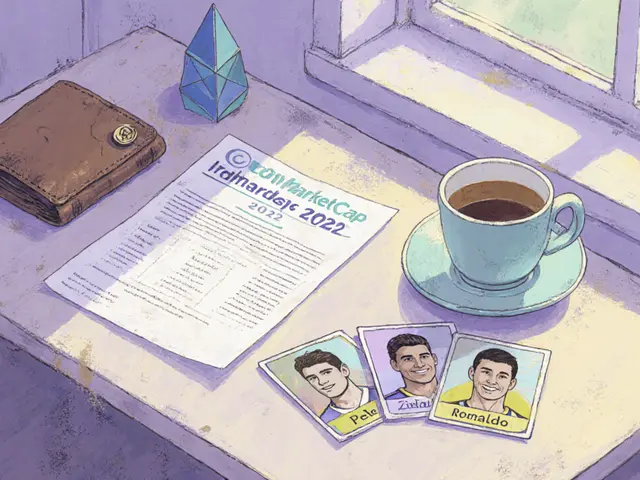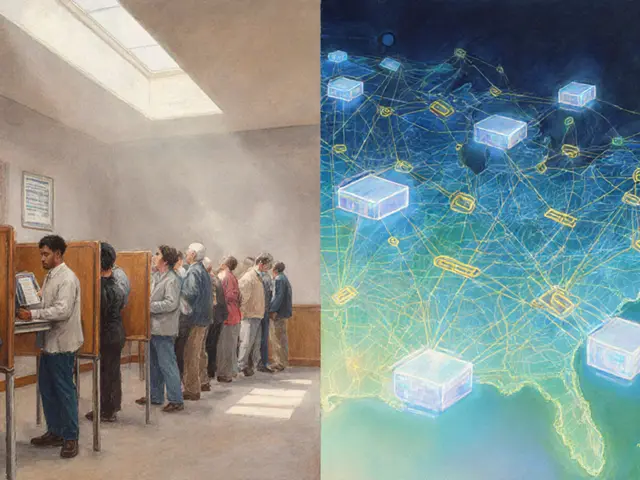Blockchain Gaming
When diving into blockchain gaming, the combination of video games with decentralized ledger tech that lets players truly own, trade, and earn digital assets. Also known as crypto gaming, it reshapes how gamers interact with virtual worlds and creates new economic opportunities.
At the heart of this shift are NFTs, unique, verifiable tokens that represent in‑game items, characters, or land parcels. They enable provable scarcity and give players a real stake in the game’s ecosystem. Blockchain gaming relies on NFTs to power marketplaces where users can buy, sell, or lease assets just like physical collectibles.
Another core component is the play‑to‑earn, a model where gamers earn cryptocurrency or tokens by completing quests, winning battles, or contributing content. This model flips the classic purchase‑only approach and attracts players who want to monetize their time and skill.
How Smart Contracts, Tokens, and Communities Connect
Smart contracts act as the rulebook for blockchain games. They enforce token distribution, handle in‑game economies, and ensure that asset transfers happen without a central server. The crypto tokens, fungible coins used for transactions, staking, and governance in many games sit alongside NFTs to create layered economies. Tokens often grant voting rights, letting players shape future updates, while also serving as the medium for buying NFTs.
Community governance ties everything together. Players vote on balance changes, new content drops, or even the allocation of development funds. This decentralised decision‑making fosters loyalty and keeps the game’s direction aligned with its most active users.
These entities form a web of relationships: blockchain gaming encompasses NFTs, which require smart contracts; play‑to‑earn relies on crypto tokens; and tokens enable community governance. Together they create a self‑sustaining loop where players invest, earn, and influence the game.
Understanding tokenomics is crucial before you dive in. Look at token supply, emission rates, and utility. A well‑designed token will have clear use‑cases—like paying for in‑game upgrades, staking for rewards, or unlocking exclusive content. Poor tokenomics can lead to price volatility that hurts players’ earnings.
Security is another practical concern. Since assets live on public blockchains, they’re exposed to hacks, phishing, and smart‑contract bugs. Always use reputable wallets, enable multi‑factor authentication, and verify contract addresses before any transaction.
Regulatory landscapes differ by region. Some countries treat in‑game tokens as securities, while others see them as virtual goods. Keep an eye on local laws, especially if you plan to trade tokens for fiat currency.
Finally, the market is evolving fast. New layer‑2 solutions reduce fees, cross‑chain bridges enable asset portability, and metaverse integrations expand the reach of blockchain games. Staying updated helps you spot emerging opportunities and avoid outdated platforms.
Below you’ll find a curated collection of articles that walk through specific games, token analyses, airdrop guides, and deeper dives into the tech that powers blockchain gaming. Whether you’re a casual player curious about earning crypto or a developer seeking to build the next hit title, these resources will give you the context and tools you need to navigate the space confidently.

Explore the rise of metaverse gaming, key technologies, top platforms, blockchain impacts, market growth, career paths, and future challenges in immersive entertainment.
Jonathan Jennings Dec 19, 2024




